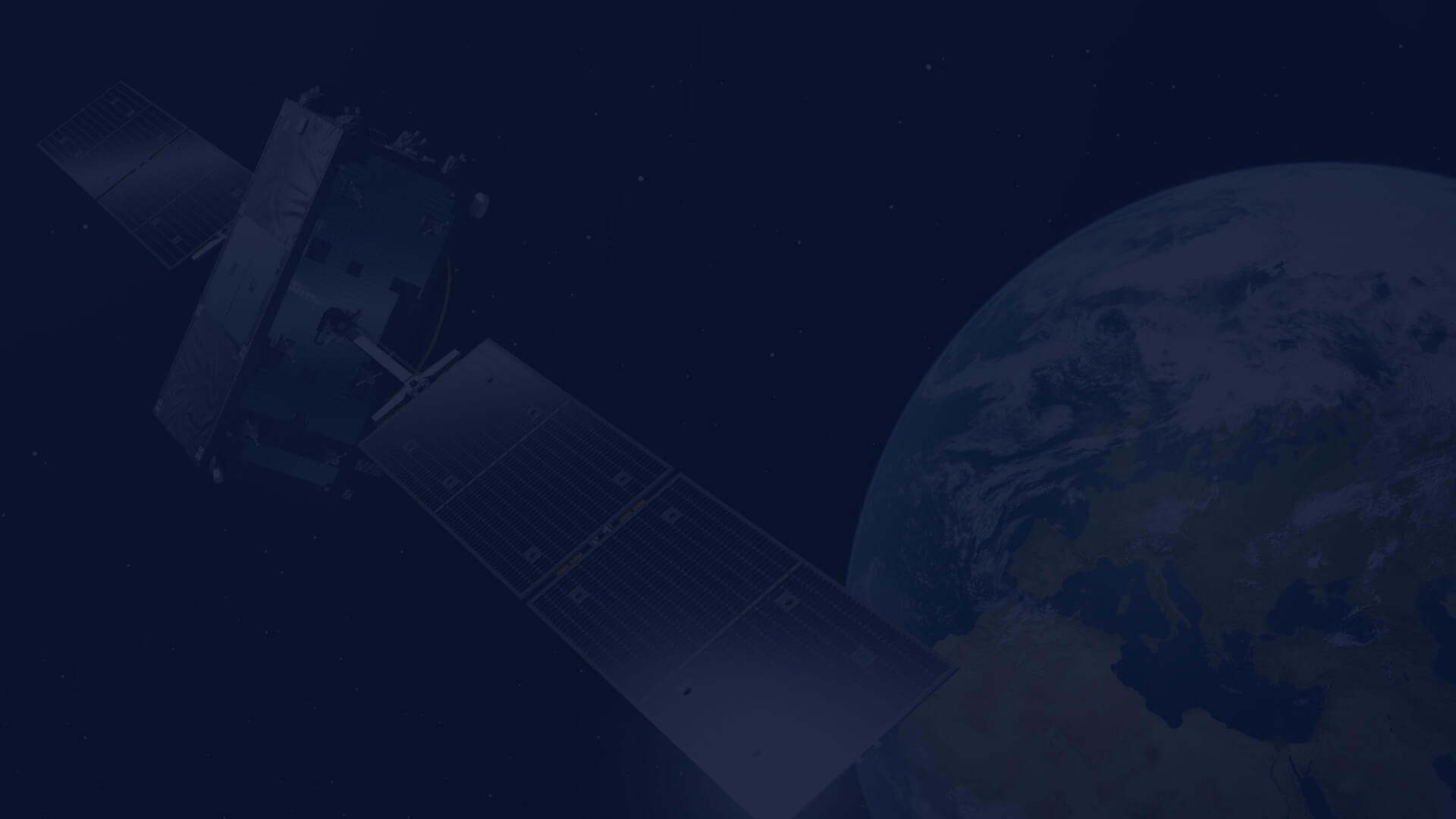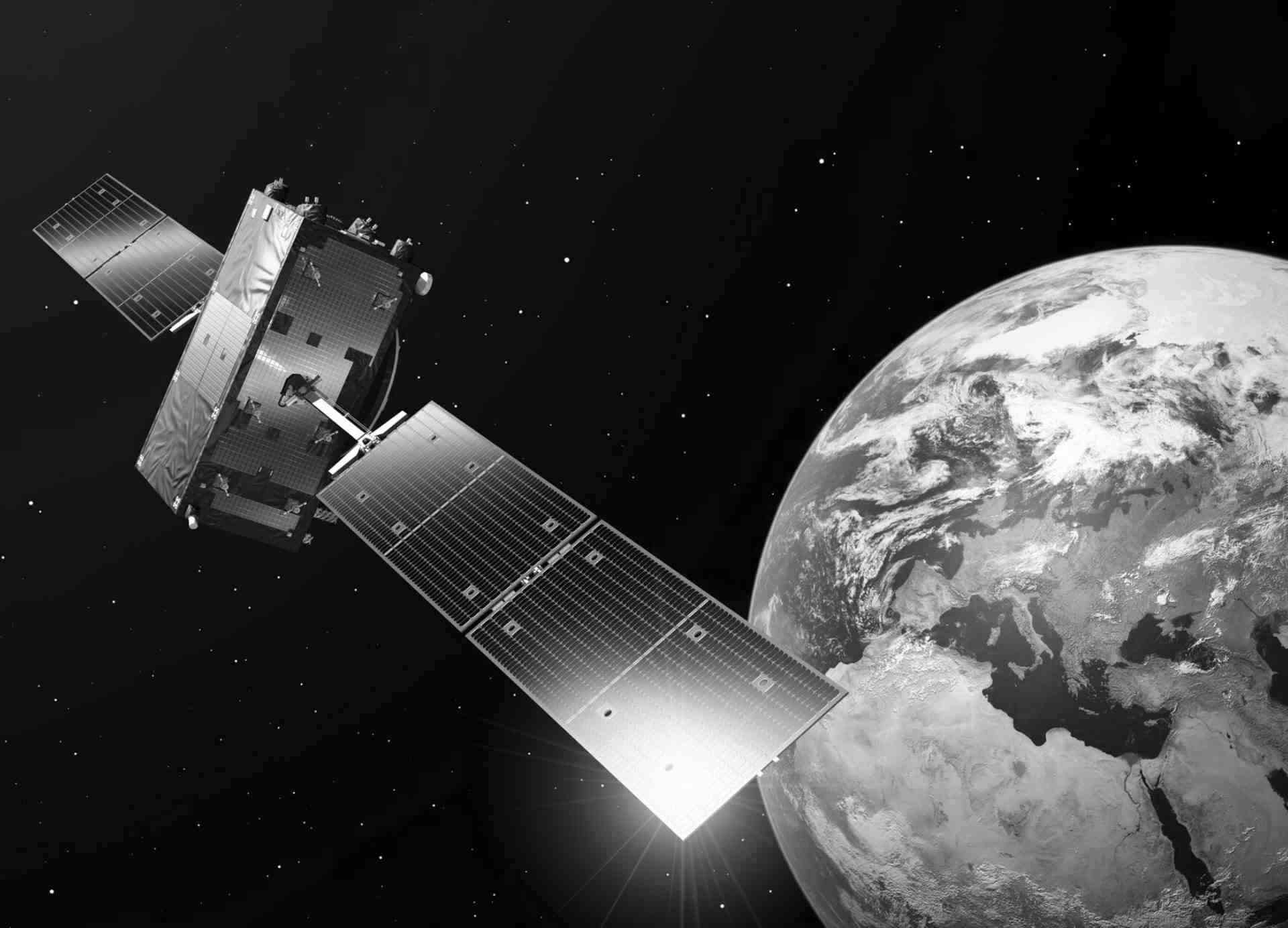Species classification of forests
A forest is a dynamic and complex ecosystem. Dynamic – because it changes over time, complex – because we are talking about its vertical and horizontal structure. Proper forest management and protection requires detailed information, preferably information about the species/species groups of the trees. Information about the species, and additionally e.g. age/height of the trees is a set of information that can tell specialists a lot. On this basis, it is possible, for example, to determine the extent of ecosystem services that a particular forest can provide, it can say something about the size of the tree population or allow conclusions to be drawn about the stability of the forest.
Why is tree species classification a challenge?
Obtaining information on individual tree species depends on many factors related to the nature of the forest itself, the characteristics of the remote sensing data used for the analyses, the relationship between data resolution and tree size (Figure 1), and finally the methods used in image analysis (Fassnacht et al. 2016). Some of the potential difficulties are overcome by using high-resolution remote sensing imagery or airborne laser scanning data (Kamińska et al. 2021). However, when using satellite data, e.g. Copernicus, there are some challenges that need to be considered when developing a classification method.
The structure of the forest has a great influence on the possibilities of recognizing tree species. The vertical structure of the forest characterizes how the crowns of the trees growing next to each other are arranged in relation to each other. Are they in strong competition with each other (do they grow close together and do the branches intertwine), or are there large distances between the crowns? From a remote sensing perspective, the large open spaces between the tree crowns mean that not only the tree species but also the areas between the crowns are "recorded" in individual pixels (Fig. 1, case 1). This creates noisy information (mixels) and makes classifying tree species difficult or impossible. The complex structure in turn leads to the spectral information of the upper and lower forest layers being mixed, which also worsens the classification results
It would be good if a pixel were many times smaller than the object under investigation, because then there is a chance that it will fit completely into the object, and pure spectral information will be obtained (Fig. 1, case 4). Under forest conditions, however, this is an impossible situation because we will always have to deal with young and old trees in a small area (Fig. 1). Their mutual spatial arrangement and arrangement in relation to the pixel matrix are highly variable. As a result, even for some large trees we will not get a pure spectral response, as they are not 'hit' by a single pixel (Fig. 1, case 1).
On the other hand, we can get pure spectral information in a pixel if we have one tree (Fig. 1, case 4) or many trees of one species in a pixel (Fig. 1, case 5). From a classification point of view, such a result is the same, from a forest management point of view we actually have one or more trees and this is no longer the same. Of course, the mix of species is different. We are dealing with individual trees, which are generally not visible in the classification effects (Fig. 1, case 3). If the mixture takes the form of a group and the group is at least as large as the image pixel we use for classification (Fig. 1, case 5), then there is a chance that it will be assigned correctly.

Examples of the use of Copernicus data in species classification
The individual scenes used for mapping tree species are now rarely used. Currently, remote sensing data from the Sentinel-2 mission, which have a high temporal resolution, are often used. Such data allow the derivation of accurate and timely maps of tree species of the dominant tree species
For example, in one study, the authors used data from single species stands to test whether major and minor tree species can be mapped with Sentinel-2 time series and whether the addition of environmental variables and spatial texture metrics improves classification accuracy (Hemmerling et al. 2021). The developed method was used to map tree species in a temperate forest region in Central Europe. The results show the potential and challenges of Sentinel-2 time series-based species classification. For nine main species, the mapping accuracy ranged from 98.9% to 66.8%, which is promising for a large area.
Another example from Poland presents the classification of the main species for the Polish Carpathians (Grabska et al. 2020). In this study, four topographic and environmental variables (altitude, slope, aspect, and distance to water bodies) were used in addition to spectral-based information. A total of 114 variables were used for classification. Machine Learning algorithms: Random Forest (RF), Support Vector Machines (SVM), and Extreme Gradient Boosting (XGB) on nine different variable subsets, i.e. a total of 27 classifications were performed. The results for SVM were the best, achieving almost 87% of overall accuracy.
These two examples of species classification in large forest areas show the great potential of using existing Sentinel data. Thanks to the fact that satellite data are continuously collected, it is possible to start monitoring changes after the species maps have been produced, which is a separate and very important issue. But forest species maps can be used to create or refine other maps.

Land cover/land use maps
Species maps produced for forests are often a refinement of other important remote sensing data processing products - namely land cover/land use maps. These maps are often produced for large areas. An example of such a map is the Sentinel automated data processing product developed at CBK PAN (Malinowski et al. 2020), which has covered the whole of Europe (fig. 2).

Summary
Tree species mapping for forests can already be carried out from the local to at least the national level. As the area of interest grows, more data and computing power are needed. One solution may be the CREODIAS platform, which already stores 32PB of EO data. The Copernicus system's multi-temporal satellite data have already been tested in dozens of locations and have been the basis for mapping the dominant tree species for a few countries. This means that, in the near future, we can expect land cover/land use maps that will include information on the dominant tree species for forests. This will open up new possibilities for analysis and provide important data for forest management, conservation, or carbon cycle modeling.
Author: dr hab. Krzysztof Stereńczak, prof. Forest Research Institute
References
Fassnacht, F., Latifi, H., Stereńczak, K., Modzelewska, A. Lefsky, M., Straub, C., Waser, L., Ghosh, A. Review of studies on tree species classification from remotely sensed data. Remote Sens. Environ., 2016, 186, 64-87
Grabska, E., Frantz, D., Ostapowicz, K. Evaluation of machine learning algorithms for forest stand species mapping using Sentinel-2 imagery and environmental data in the Polish Carpathians. Remote Sens. Environ., 2020, 251, article 112103, https://doi.org/10.1016/j.rse.2020.112103
Hemmerling, J., Pflugmacher, D., Hostert, P. Mapping temperate forest tree species using dense Sentinel-2 time series. Remote Sens. Environ., 2021, 267, article 112743, https://doi.org/10.1016/j.rse.2021.112743
Kamińska, A.; Lisiewicz, M.; Stereńczak, K. Single Tree Classification Using Multi-Temporal ALS Data and CIR Imagery in Mixed Old-Growth Forest in Poland. Remote Sens. 2021, 13, 5101. https://doi.org/10.3390/rs13245101
Malinowski, R.; Lewiński, S.; Rybicki, M.; Gromny, E.; Jenerowicz, M.; Krupiński, M.; Nowakowski, A.; Wojtkowski, C.; Krupiński, M.; Krätzschmar, E.; Schauer, P. Automated Production of a Land Cover/Use Map of Europe Based on Sentinel-2 Imagery. Remote Sens. 2020, 12, 3523. https://doi.org/10.3390/rs12213523

